BANANA
Ever caught the whiff of bananas when opening, sniffing or drinking wine? If you have, it could be for the following scientific reasons — please note there are almost certainly no actual bananas involved.
One possible cause is the winemaking process carbonic maceration, commonly used in the production of Beaujolais wines, made from the Gamay grape. In this process, the grapes are sealed in a vessel filled with carbon dioxide prior to regular fermentation, which gives Beaujolais wines their distinctive juicy or subtly tropical flavours.
The chemical compound behind banana’s aroma is mainly isoamyl acetate, an ester that’s also found in pears and bubblegum — another signature Beaujolais scent. It can occur in red or white wines as a natural by-product of carbonic maceration, or from the yeasts in regular fermentation. Interestingly, the same compound is released by the honey bees from their sting to alert fellow bees to danger.
Banana’s flavour profile is among the tropical fruits — notes like pineapple, passionfruit and lychees. Aside from Beaujolais, you can look for it in South African Pinotage. Or from aromatic white wines, especially those fermented at cooler temperatures, including Albariños like Martin Codax 2011 or Coto Redondo, Liñar de Vides 2011 both from the Spanish region of Rías Biaxas in Galicia.
In other white wines, ripe banana notes are associated with richer fruit flavours and sweet blossom aromas. Such as Haridimos Hatzidakis, Assyrtiko, Santorini 2012 or aged whites like Colonnara, Cuprese, Verdicchio dei Castelli di Jesi 1991.
BLACK TEA
Although tea might seem worlds apart from wine, it can teach us a lot about wine-tasting and is a useful tasting note. The link between the two is tannin, which is a polyphenol found in plant tissue, including grape skins, seeds, oak barrels — and tea leaves.
You can learn to distinguish how tannic a wine is by conducting a quick experiment using tea: put a black tea bag in hot water for a minute or two and taste the infusion. Then repeat, but this time allow the bag to steep for twice as long, and compare the effect on the taste. The second tea should taste more astringent, drying out your mouth and tasting almost unpleasantly bitter.
Some wines will create a similar effect on your palate, either with smooth and integrated tannins (more like the first tea), or with coarse and harsh tannins (like the second tea).
When a wine has a tasting note of black tea, this generally means it is enjoyably tannic. This can be true of the bold, characterful wines made from thick-skinned Nebbiolo, Sangiovese and Cabernet Sauvignon grapes. But, just as some people must have milk with their tea, some may find this flavour too strong and may prefer a milder, less tannic wine — perhaps a Pinot Noir or Merlot.
Another aspect of tea tasting notes is identified by DecanterChina.com’s editor Sylvia Wu:
‘Tea-like aromas can be found in aged red wines, alongside scents of earth, dried-leaves and forest floor. These tertiary aromas add complexity to the original fresh fruit aromas (primary aromas), making the wine more layered and multi-dimensional.’
You can look for these tertiary aromas in aged red wines from Northern Rhône, Bordeaux and Barolo.
HONEY
The main defining factors of honey are its sweetness and its viscosity. Therefore as a tasting note it’s often applied to dessert wines, which are more syrupy in taste and density than other wines.
As honey is made from floral nectar, it has rich and heady aromatic properties that make it a suitable descriptor for late harvest wines. These can include wines made from grapes left to dry out on the vine, or developed by the onset of noble rot (botrytis cinerea) — giving the wines a concentrated aroma and a taste that’s reminiscent of honey.
It’s often found alongside stone fruit and dried fruit notes, most notable in sweet wines from Sauternes. Other examples include Tokaji wines from Hungary, and German Rieslings belonging to the Auslese, Spätlese, Beerenauslese and Trockenbeerenauslese classifications.
Honey is also aligned with complex notes like tobacco and hay as a sign of a wine’s maturity, for honey has a multilayered sweetness that incorporates fructose and floral flavours. Additionally, aged sweet white wines can recall honey in their appearance, as their hues darken over time. Like honey, dessert wines such as Sauternes or Tokaji wines can range from the palest yellow to tawny bronze, depending on the vintage.
As a tasting note, it’s generally understood that the wine contains no actual honey. However, there is evidence that honey was originally used by the Romans to fortify wines, in a process that later came to be known as chaptalisation, when sugar is added to the grapes prior to fermentation. It’s also not to be confused with ‘honey wine’, which is actually mead and is made from fermented honey instead of grapes.
DOSAGE
After a traditional-method sparkling wine is disgorged, the liqueur d’expédition is added to create the final dosage. This addition of sugary liquid is used to balance the high acidity levels. With the correct addition, the dosage can accentuate the body of the wine and also give a certain roundness. Too much or too little can lead to a wine that is flabby or one that is too tart.
In recent years there has been a trend towards zero dosage, but it can be difficult to create a balanced wine unless conditions are right. So what do the names on the bottle actually mean in regards to dosage? Brut Nature (0-3g/l of sugar), Extra Brut (0-6g/l), Brut (0-12g/l), Extra-Sec (12-17g/l), Sec (17-32g/l), Demi-Sec (32-50g/l), Doux (50+g/l).
Translated by ICY
All rights reserved by Future plc. No part of this publication may be reproduced, distributed or transmitted in any form or by any means without the prior written permission of Decanter.
Only Official Media Partners (see About us) of DecanterChina.com may republish part of the content from the site without prior permission under strict Terms & Conditions. Contact china@decanter.com to learn about how to become an Official Media Partner of DecanterChina.com.

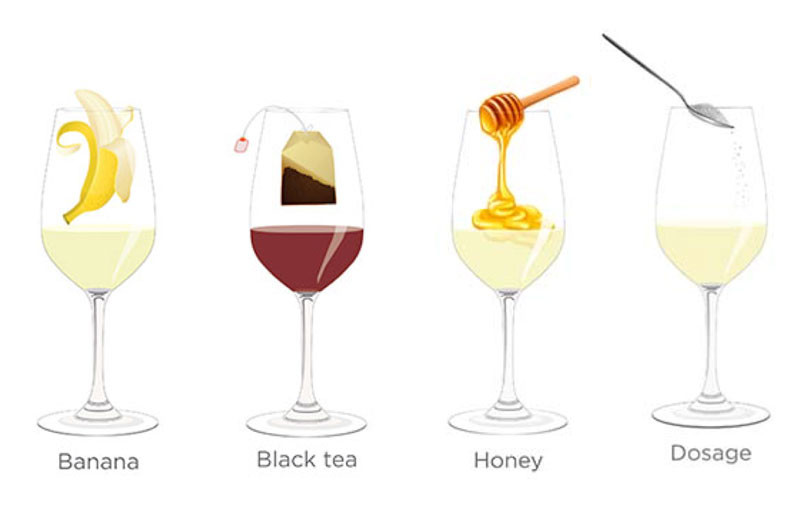
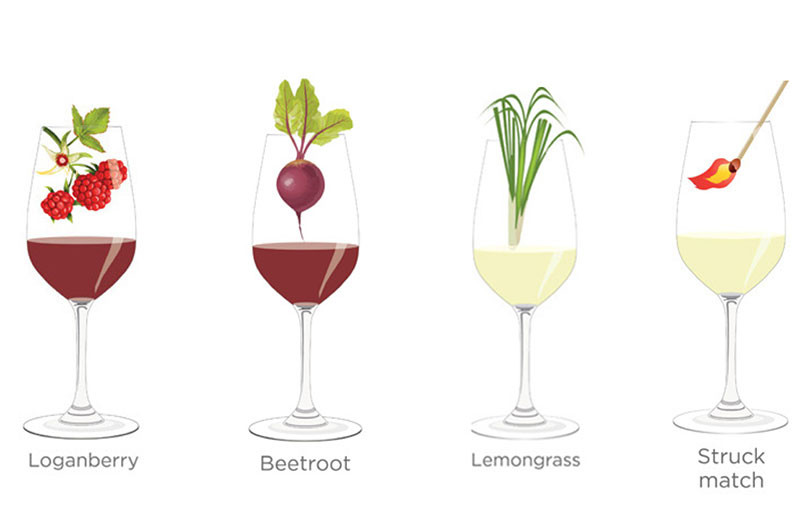
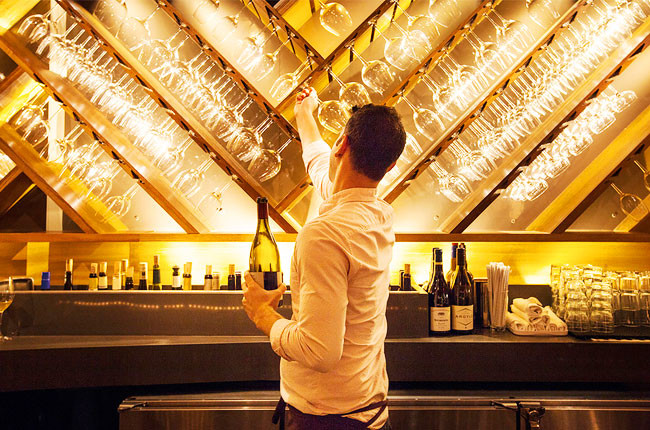
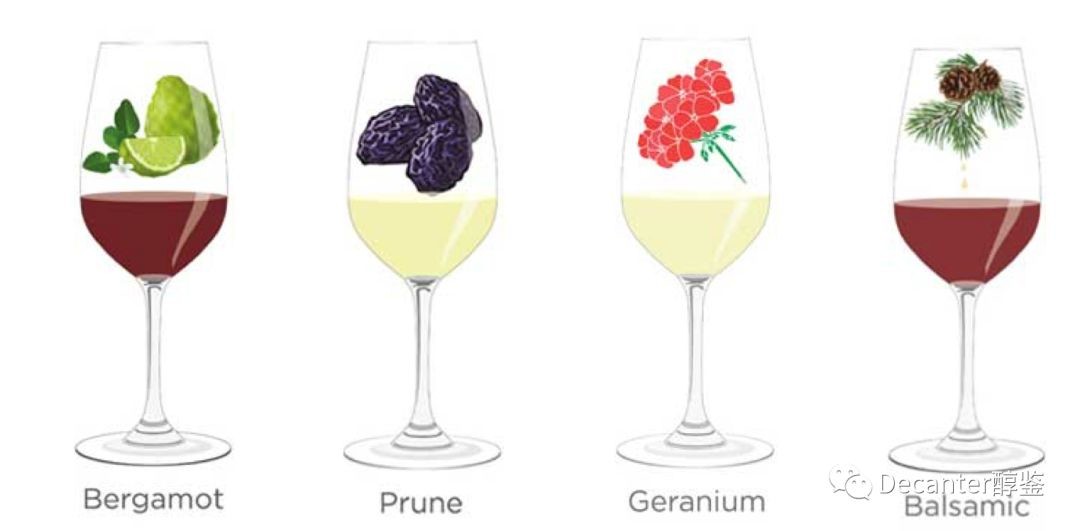
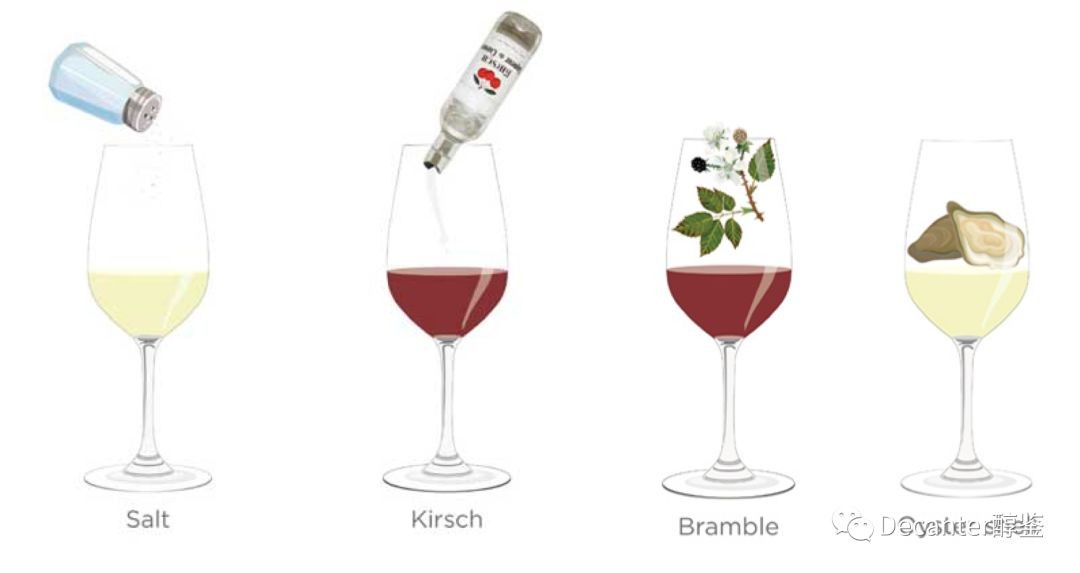
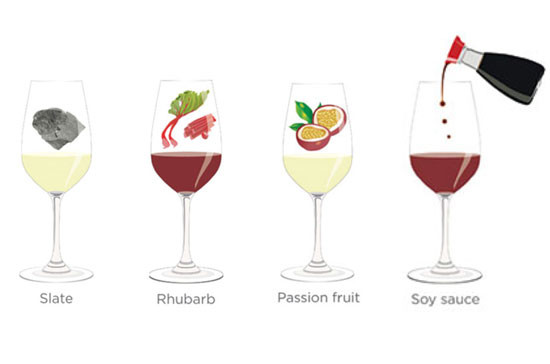
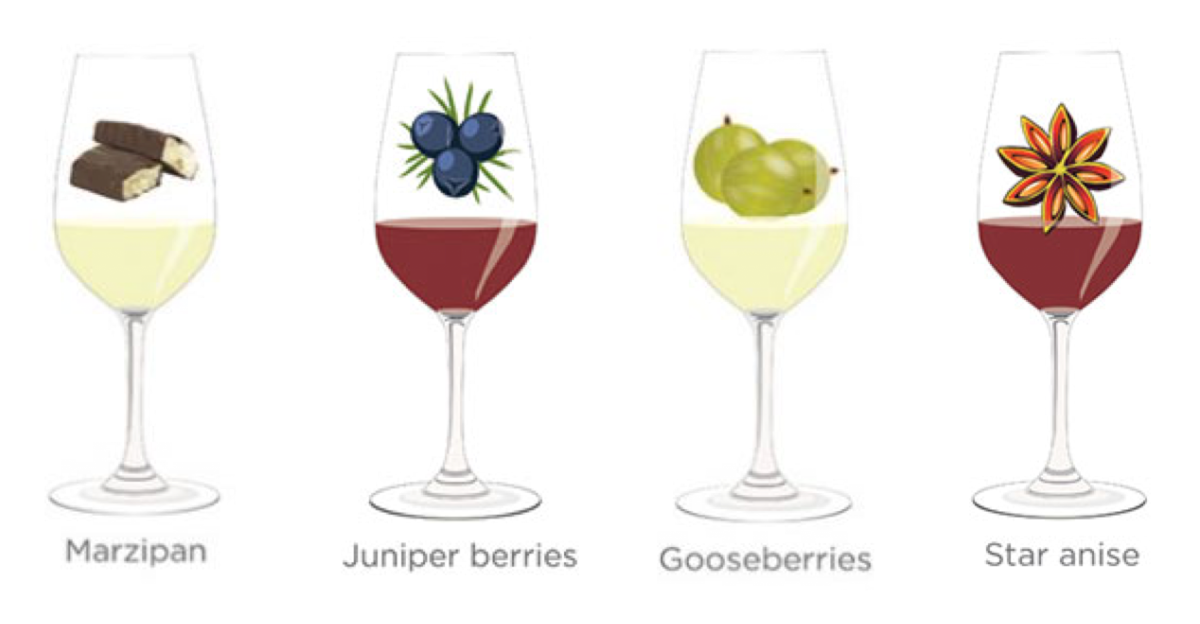
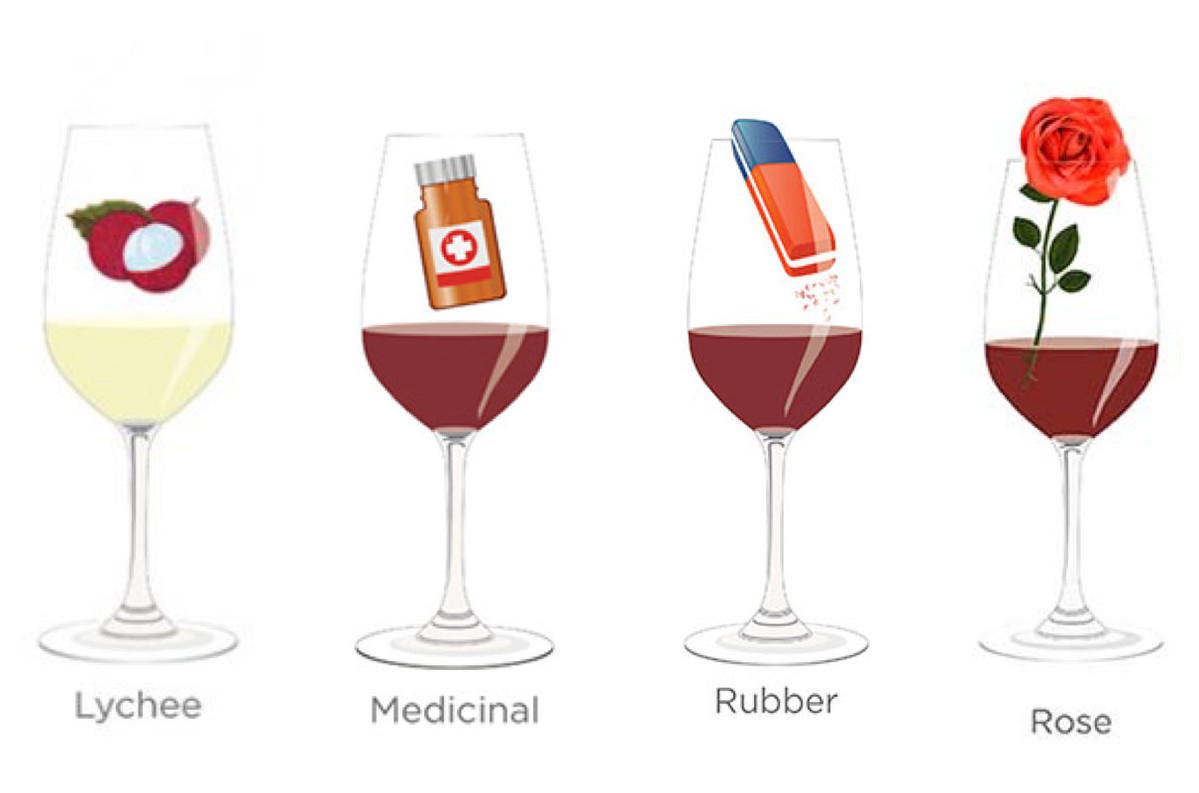
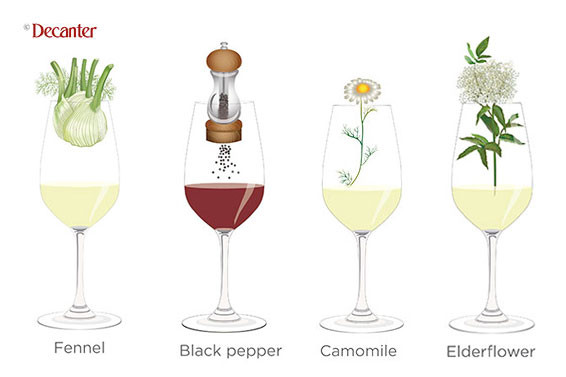
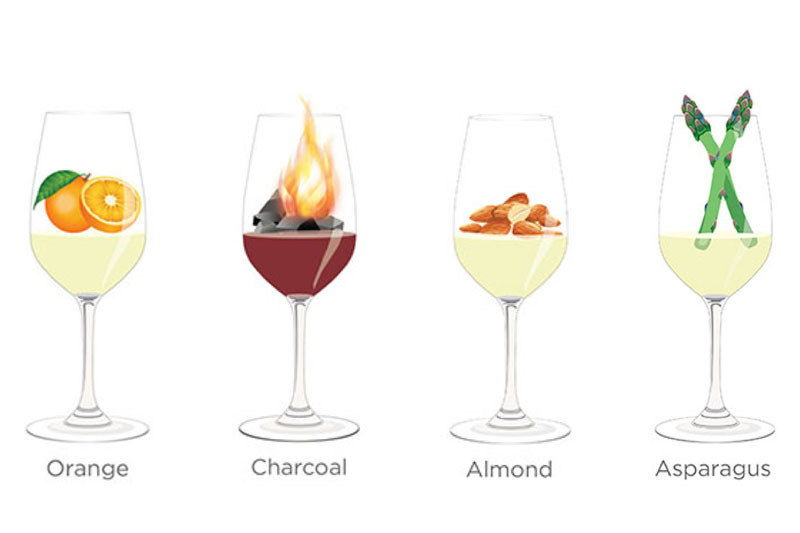
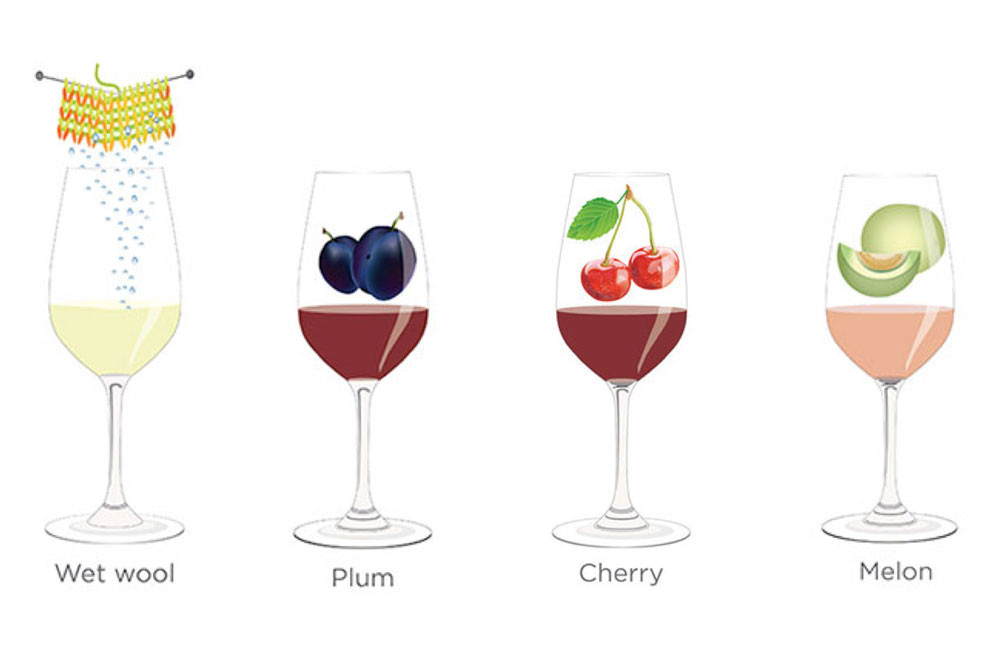
Comments
Submit